Plug valve VS ball valve
Plug valve with one piece top -entry design has a lot of similarities with a one piece top – entry ball valve. Strictly speaking, ball valve and plug valve are the same types of valve due to their similar function and characteristics and both of them have a very wide range of applications. Today we will introduce the difference of plug valve and ball valve.
Plug valve also known as cock valve, rotating plug valve, is a kind of oldline valve. The valve “plug” (mostly conical or cylinder) combined and the body of the conical hole surface of the sealing, to move depending on the plug body around the center line of the valve to achieve open and close. It is mainly used for cutting, distribution and change the flow of media. The plug valve is simple in structure and small in size. It can be opened and closed by only 90% rotation. It is widely used in a low pressure, small diameter and medium or low-temperature occasions. Plug valve sealing surface is easy to wear, also easy to get stuck in the occasion of high temperature or high pressure, not suitable for flow regulating.
The ball valve is evolved from the plug valve with a ball as its closing parts, it around the center of the valve to achieve the opening and closure, mainly used to cut off, distribution and change the flow direction of the medium. Ball valves can close tightly just 90 degrees of rotation or a small torque. Full horizontal of the valve body cavity provides little resistance, through the flow path for the medium. The main characteristics of the ball valve are compact structure, easy to operate and maintenance, suitable for water, solvent, acid and natural gas and other general media, also suitable for working conditions of harsh media, such as oxygen, hydrogen peroxide, methane and ethylene. The ball valve body can be one piece, can also be combined. It is generally considered that ball valves are most suitable for opening and closing directly, but recent developments have designed them for throttling and flow control.
Plug valve VS ball valve
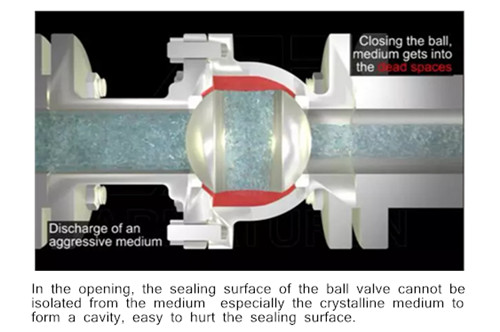
Different principle
The ball valve is evolved from the plug valve. They have the same 90-degree rotation operation, but depends on the “plug” is a plug or a ball with a circular through hole or channel passing through its axis. The ball and the ports should look like this: when the sphere rotates by 90 degrees, it will appear as a sphere at the inlet and outlet to cut off the flow. For the plug valve, the conical plug and the body surface formed by the conical pressure, the upper parts are sealed with packing 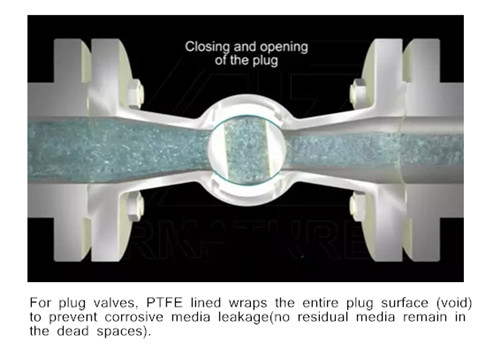 between the plug and the gap between the body. Plug valve is simple and often economical because it usually does not have bonnets, but the handle exposed outside at the end instead.
between the plug and the gap between the body. Plug valve is simple and often economical because it usually does not have bonnets, but the handle exposed outside at the end instead.
Different application
Plug valves offer better performance in the term of cutting than ball valves, but that doesn’t show obviously. The sealing surface of the plug valve is much larger than the ball valve and supplies a better sealing effect, but a greater torque and small diameter. The ball valve is ideal for switching pipeline medium, not as a throttle valve to avoid the valve long time by medium erosion and loss of tightness. Now the sealing effect of the ball valve has been greatly improved with the progress of the sealing technology, so we can say that the plug valve is used for the sealing requirements are strict but the diameter is not large, and the ball valve is used for the sealing effect is not too strict and the diameter is large.
Plug valve is lower cost
For the plug valve, the “plug” is completely covered by the bushing, making the valve body and plug free from wear. Replacement of the bushing and top seal can complete the repair and update of the valve, which can meet the long-term service requirements of 300℃. This has considerable competitive advantages over other hard-sealed metal ball valves in this temperature range. In addition, the plug valve processing area only is the top face and flange, other parts all one-step casting molding and the internal body need no processing. Compared with the ball valve, it offers low processing allowance, when making the INCONEL, MONEL, HAST alloy and other special materials as its materials, plug valve has an obvious price advantage.

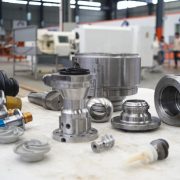
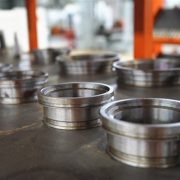
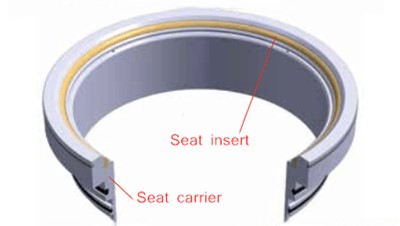 When choosing an industrial valve, you will face numerous choices. Available materials, proper size, and design (1, 2, or 3 pieces, end connections, etc.) are the key factors to decide which type of valve to use. Equally important is the type of valve seats which directly determines the leakage class of the valve. Before you choose the right valve seats, you must know the following question: Is the medium corrosive? Contains abrasive particles? For high temperature or high pressure? Once you know these things, you will make the right choice. Therefore, the first step to fully understand your craft condition: choose a suitable valve seat.
When choosing an industrial valve, you will face numerous choices. Available materials, proper size, and design (1, 2, or 3 pieces, end connections, etc.) are the key factors to decide which type of valve to use. Equally important is the type of valve seats which directly determines the leakage class of the valve. Before you choose the right valve seats, you must know the following question: Is the medium corrosive? Contains abrasive particles? For high temperature or high pressure? Once you know these things, you will make the right choice. Therefore, the first step to fully understand your craft condition: choose a suitable valve seat.